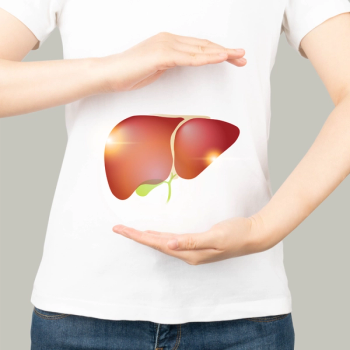
Misdiagnosed, but not misunderstood
One of the many unfortunate things about having a rare tumor was that for some time no one was certain what it was. In fact, I was misdiagnosed a couple of times. The first surgeon that I came in contact with believed it to be esthesioneuroblastoma, which is quite rare. It has affected maybe 800 people in the world. However, it is a slower moving tumor, and he had me convinced that this thing could have been slowly growing for up to five years without me being the wiser.His plan was to do surgery. I had my first CT scan on a Friday and he wanted to do surgery the following Tuesday. He said he couldn't do a biopsy beforehand because the tumor was in my brain. Being in 'fix it' mode I agreed to it. To sum up: This man, who was very nice by the way, and who happens to be a surgeon, said he could remove the tumor. It sounded good to me. My family flew in the next day and put the kibosh on that plan. At first I argued with them. I wanted this tumor out of my head, and there is a man (who went to medical school) who says he can do the task, so why not let him.While I was lying in the ICU that weekend, my family worked tirelessly to come up with a plan to make me listen. Finally, after the relentless efforts of my parents and siblings they made contact with the Anschutz Cancer Center at the University of Colorado hospital and MD Anderson. They believed a biopsy could be done through my nose. I'll admit that after the biopsy, things became fuzzy for me. While the doctors convened on my case and treatment, my condition got worse. I was hardly able to get out of bed, and the prescription painkillers had me pretty much out of it. So much so that I don't remember the majority of things that happened in this time. I was finally hospitalized at the university hospital, and I began my first chemotherapy treatment. It was a 96-hour infusion of taxol, cisplatin and 5-FU. Nurses practically wore haz-mat suits while administering these toxins into my veins. After my treatment, a couple weeks later, I started to feel better. A nurse was disconnecting my IV, and she started asking me about my condition. My sister was sitting in the room with me as I answered. I told the nurse it was esthesioneuroblastoma. My sister sat up and interrupted me, "Umm, Becks, you know that's not what you have, right?""It's not?""No. Don't you remember the doctor giving you the results of the biopsy in the hospital?""He did?" Like I said before, things got fuzzy. I didn't even retain important information. "What do I have?" I asked."Sinonasal undifferentiated carcinoma," she told me."Huh." I paused. "Is that better?" I asked with a ray of hope.She shrunk in her chair. "No." It turns out it was a more aggressive tumor. Instead of growing in five years, it grew in five months. It was also more rare, affecting 400 instead of 800, and it was classified as inoperable. They knew that it started in my sinuses and that is was some sort of carcinoma, but the word 'undifferentiated' pretty much meant they didn't really know what it was. After six chemotherapy treatments and more than six weeks of radiation therapy, the tumor shrunk enough to be removed surgically. After the tumor was completely removed and available for further testing I was officially diagnosed with sinonasal teratocarcinosarcoma. When my surgeon told me the new diagnosis, I again asked, "Is that better?""No." Instead of being 1 in 400, I am now 1 in maybe 50-80 people in the world that have ever had it. It is highly aggressive and rare, and now we know that it is a polymorphic cancer, meaning it can affect and travel through blood, tissue and bone. In fact, part of the tumor had actually calcified and turned into bone--and you thought it couldn't get weirder.Hindsight is always 20/20. If I had undergone that first surgery I most likely wouldn't have survived. Thank you to my family and friends who saved my life. You gave me the tools to live. You gave me a missile to take into a gun fight.Being diagnosed with a rare cancer can be frustrating because there is not as much information out there on rare diseases. The study groups are small, so the statistics often sound very bleak. When I was looking into sinonasal teratocarcinosarcoma I was reading statistics like 'in a study group of 11 people, 8 died within 1 year. Of those who survived, 70% died within 5 years.' This was not encouraging information. The support is not the same for those with rare cancers. The lack of support can be as small as not having our own color for a wrist band, and as large as minimal funding for research. There are no official parades, marathons or fundraisers for sinonasal teratocarcinosarcoma or the many other rare cancers out there. If you want those things for rare cancers you have to do it yourself. Sometimes that can make a person feel alone. Everyone deals with trauma differently. For me I found that the best medicine was laughter. I found something to laugh about every day, and the amazing thing about laughter is that it is contagious. Others around us would open up more freely, and I have even made some lasting friendships from the waiting rooms in the cancer center. When you have a good attitude, you inspire other to do the same. Before you know it you won't feel so alone any more.Becky Busch was diagnosed with a rare and aggressive cancer several years ago. Since surviving it, she has rediscovered her passion for writing. Among other things, she writes a blog about herself and her own battle with cancer at




